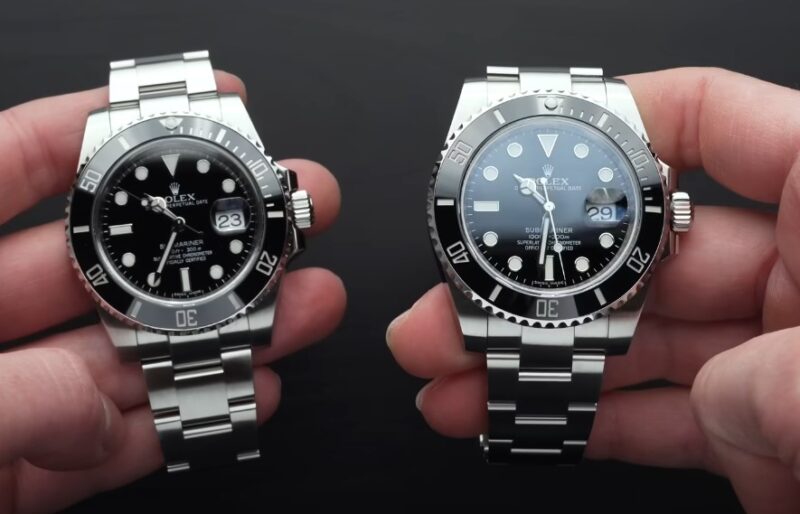Millions of counterfeit timepieces flood global markets yearly, with Swiss authorities estimating 30–40 million enter circulation annually. In the U.S. alone, over 23 million unauthorized copies circulate, often mimicking high-end brands. These replicas range from obvious tourist trinkets to near-perfect clones that challenge even seasoned collectors.
Modern counterfeiters use advanced techniques to replicate every detail, from weight distribution to intricate mechanical components. Some “super clones” now mirror genuine movements so precisely they require professional tools to detect. This evolution makes distinguishing authentic pieces increasingly complex for buyers.
Understanding key authentication markers becomes critical. Subtle differences in engravings, serial number placements, and cyclops lens magnification often reveal a replica. Market hotspots like Istanbul’s Grand Bazaar demonstrate how sophisticated these operations have become, with vendors blending fake and genuine parts seamlessly.
Key Takeaways
- Over 23 million counterfeit timepieces circulate in the U.S. market
- Modern replicas now replicate mechanical designs with alarming accuracy
- Authentication requires examining engravings, serial numbers, and magnification details
- Ethical and legal risks accompany counterfeit purchases
- Always verify through authorized dealers or certified experts
Introduction to the Counterfeit Watch Landscape
The underground trade of imitation luxury timepieces has ballooned into a global economic force, overshadowing legitimate production in sheer volume. For every authentic piece crafted by Swiss manufacturers, counterfeiters flood the market with 30-50 replicas. This imbalance creates a shadow economy valued at billions annually, with Swiss Customs reporting a 25-fold increase in seized counterfeit goods between 1995 and 2005.
Context of the Replica Watch Industry
Advanced manufacturing techniques have transformed imitation operations. Modern counterfeiters use 3D scanning and precision tooling to recreate:
- Weight distribution matching genuine models
- Laser-etched serial numbers
- Functional chronograph complications
Production hubs in Asia feed global distribution networks, with online platforms enabling seamless international sales. These operations often mimic legitimate business structures while evading quality controls.
Overview of Key Challenges in Authenticity
Authentication complexities arise from evolving replication methods. Experts now require specialized tools to detect:
- Micro-engraving techniques
- Magnetic shielding in movements
- Chromalight lume applications
Law enforcement faces jurisdictional hurdles as components cross multiple borders during assembly. For buyers, risks extend beyond financial loss – some replicas contain hazardous materials like lead-based alloys. Those seeking protection should consult a detailed authentication guide before purchasing premium timepieces.
Understanding Fake Rolex Watches and Their Appeal
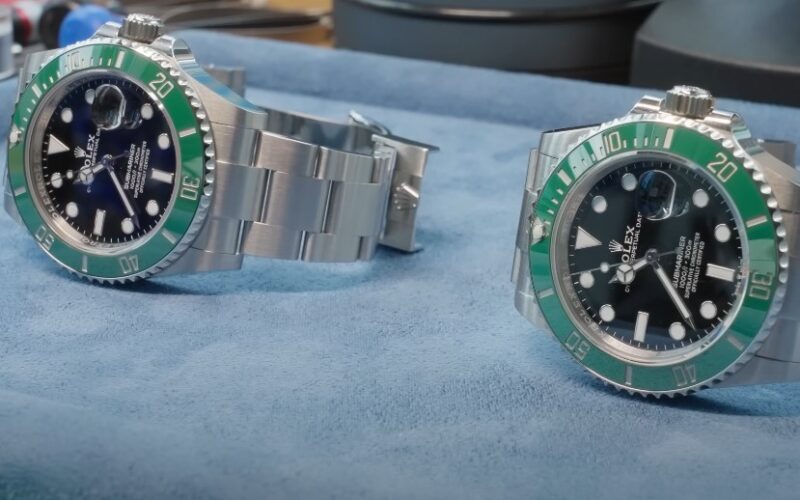
The demand for imitation luxury timepieces stems from deeper social aspirations than simple cost savings. Many buyers seek the prestige associated with high-end brands, driven by the human desire for recognition and status signaling.
The Allure of Premium Design Accessibility
Social psychology plays a key role in counterfeit purchases. A UFC champion once admitted wearing replicas during early career events, stating:
“I needed the confidence boost before I could afford the real deal.”
This mirrors many buyers’ journeys from imitation to authentic ownership.
Three primary factors drive this market:
- Instant social credibility through recognizable designs
- Affordable entry into luxury aesthetics
- Immediate availability compared to authorized dealer waitlists
Collectors sometimes acquire replicas to study craftsmanship nuances. However, most discover critical differences in materials and mechanics upon closer inspection. The temporary satisfaction fades when users experience poor durability or inaccurate timekeeping.
While imitations offer short-term gratification, they lack the heritage and precision engineering that define genuine luxury pieces. This realization often pushes determined enthusiasts toward saving for authenticated models.
The Legacy of Rolex: Craftsmanship and Innovation
View this post on Instagram
For over a century, precision engineering has defined the essence of a legendary Swiss brand. Its creations blend timeless aesthetics with groundbreaking technical solutions, setting industry standards others strive to match.
Evolution from Vintage to Modern Designs
Early models prioritized functionality for professionals like pilots and divers. The 1950s Milgauss 6541 featured a honeycomb-patterned dial and rotating bezel to protect scientists from magnetic interference. By the 1970s, bold color accents emerged, like the fiery red “Daytona” text on manual-wind chronographs.
Modern iterations retain classic proportions while integrating advanced materials. Sapphire crystals replaced acrylic, and ceramic bezels improved scratch resistance. These updates demonstrate how heritage shapes innovation.
Notable Models and Their Unique Traits
Certain references stand out for their technical achievements and cultural impact:
| Model | Production Years | Key Feature | Units Produced |
|---|---|---|---|
| Daytona 6265 | 1971-1988 | Manual Valjoux 727 movement | ~15,000 |
| GMT-Master II 16710 | 1989-2007 | Aluminum “Pepsi” bezel | ~200,000 |
| Sea-Dweller 1665 | 1967-1970s | Double-red text dial | <10,000 |
Collectors prize these pieces for their historical significance. Limited production numbers, like the Sea-Dweller’s fewer than 10,000 units, make them horological treasures. Each model tells a story of solving real-world challenges through mechanical artistry.
Detailed Case Study: A Journey into the Counterfeit Market
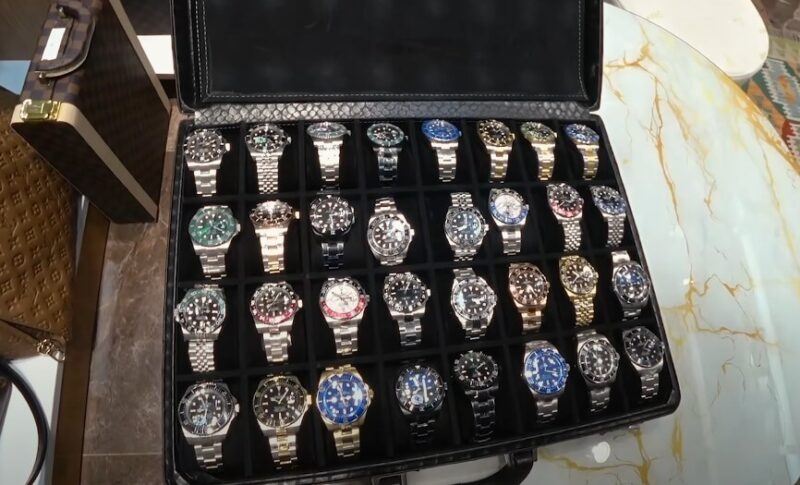
Istanbul’s Grand Bazaar serves as a global hub for replica timepieces, blending centuries-old commerce with modern counterfeit operations. This 4,000-shop maze hosts vendors specializing in high-grade imitations that challenge authentication experts. The environment often mirrors luxury boutiques, complete with hospitality gestures like Turkish coffee service and leather seating areas.
Methodology and First-Hand Experiences
Researchers posed as collectors to document vendor practices. Sellers openly explained manufacturing techniques, distinguishing $50 street-grade replicas from $1,200 “super clones.” One merchant demonstrated how their titanium models matched genuine weight distributions:
“Our workshop uses the same CNC machines as Swiss factories. Only a microscope finds differences.”
Key findings from the investigation:
- Immediate access to unreleased or rare models
- Three-tier pricing reflecting craftsmanship quality
- Open encouragement of side-by-side comparisons
| Grade | Price Range | Features | Detection Difficulty |
|---|---|---|---|
| Tourist | $50-$200 | Plated metals, quartz movements | Immediate |
| Mid-Tier | $300-$600 | Automatic movements, ceramic bezels | Visual inspection |
| Super Clone | $800-$1,500 | 904L steel, cloned mechanical calibers | Professional tools required |
This structured market reveals how counterfeiters segment buyers. High-end replicas now include warranty cards mimicking authorized dealers. Such details normalize imitation sales, creating ethical dilemmas for unsuspecting shoppers.
Identifying the Hallmarks of Fake Rolex Watches
Modern counterfeit timepieces fall into three distinct tiers, each requiring different detection methods. Collectors often encounter these categories in secondary markets, from online forums to vintage shops.
Super Clones, Tourist Fakes, and Frankenwatches
Tourist-grade copies ($50-$300) feature improved automatic movements but reveal flaws under magnification. Street vendors commonly sell these with telltale signs like misaligned date windows or incorrect crown guards.
Super clones ($1,000+) mirror genuine models through:
- 904L stainless steel cases matching original weight
- Swiss ETA movements modified to resemble Rolex calibers
- Laser-etched serial numbers matching factory patterns
Frankenwatches combine authentic and imitation parts, posing unique challenges. A 2023 study found 12% of auction submissions contained mixed components. These hybrids often use genuine dials with aftermarket movements.
| Category | Price Range | Detection Clues |
|---|---|---|
| Tourist Fake | $50-$300 | Glossy cyclops lens, hollow end links |
| Super Clone | $1,000+ | Micro-engraved rehaut, cloned 3235 movement |
| Frankenwatch | Varies | Mismatched lume colors, service parts |
Key Differences in Materials and Movements
Genuine stainless steel cases show uniform brushing, while replicas often have uneven finishes. Authentic models use 904L alloy that resists scratches better than standard 316L steel found in copies.
Movement comparisons reveal critical disparities. Rolex calibers feature:
- Breguet overcoil hairsprings
- Parachrom blue anti-magnetic components
- Perlage finishing on bridge plates
Counterfeit movements typically lack these refinements. A comprehensive authentication guide recommends checking balance wheel frequencies – genuine models operate at 28,800 vph, while replicas often run slower.
Modern Technology and Quality in Replica Watches
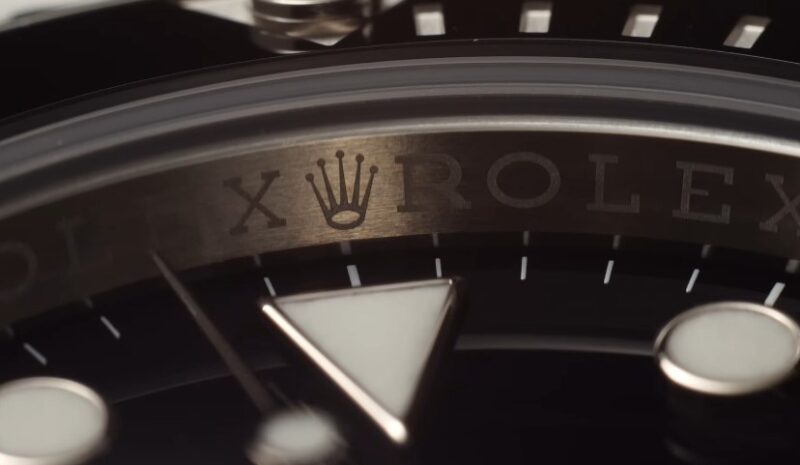
Advancements in manufacturing technology have blurred the lines between authentic and imitation timepieces, challenging even expert appraisers. Swiss Customs reports that some copies now require specialized tools for verification, unlike older versions with uneven printing and jerky quartz mechanisms. A customs official noted:
“The latest replicas mirror genuine weight and operation so closely that casual inspection fails.”
Assessing Dial Details and Movement Precision
Modern dial replication achieves near-perfect alignment of text and markers. High-resolution laser etching recreates micro-sized branding elements, while sunburst finishes mimic genuine light refraction. These techniques eliminate traditional tells like smudged lettering or uneven spacing.
Movement quality now rivals entry-level Swiss calibers. Counterfeiters use modified ETA 2824 mechanisms with:
- Smooth second-hand sweeps (28,800 vph)
- Custom rotor decorations
- Shock protection systems
| Feature | Past Replicas | Modern Versions |
|---|---|---|
| Dial Printing | Screen-printed text | Electrochemical etching |
| Second Motion | Quartz “tick” | Mechanical sweep |
| Crystal Security | None | Laser-etched coronets |
| Detection Method | Magnifying glass | X-ray fluorescence |
Even anti-counterfeit measures like crystal coronets get replicated, though alignment often differs by 0.1–0.3mm. Professionals now analyze gear tooth angles and mainplate finishes – details invisible without 40x magnification.
Global Influence: The Role of Fake Watches in the Luxury Market
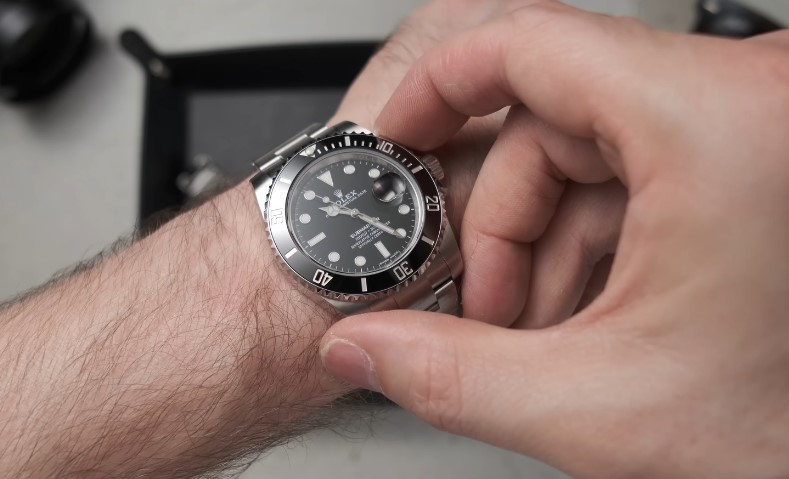
The counterfeit watch industry’s global reach extends far beyond imitation timepieces. It undermines decades of innovation by luxury brands through intellectual property theft. Swiss manufacturers invest heavily in design and engineering, only to see their work replicated illegally. This impacts market dynamics, eroding exclusivity while funding broader criminal networks.
Organized crime groups often use replica sales to finance activities like human trafficking. Production hubs in China dominate this shadow economy, with lax enforcement enabling rapid growth. Experts estimate over 30 million counterfeit units enter circulation yearly—30 times Swiss brands’ annual output.
Ironically, some buyers view replicas as entry points to authentic ownership. However, most remain unaware their purchases support exploitative labor practices. Luxury houses now allocate significant resources to combat fakes, from blockchain tracking to AI authentication tools.
For deeper insights into this complex issue, explore our analysis of the counterfeit watch industry’s global impact. Consumers play a crucial role—choosing authorized dealers protects both investments and ethical standards.

